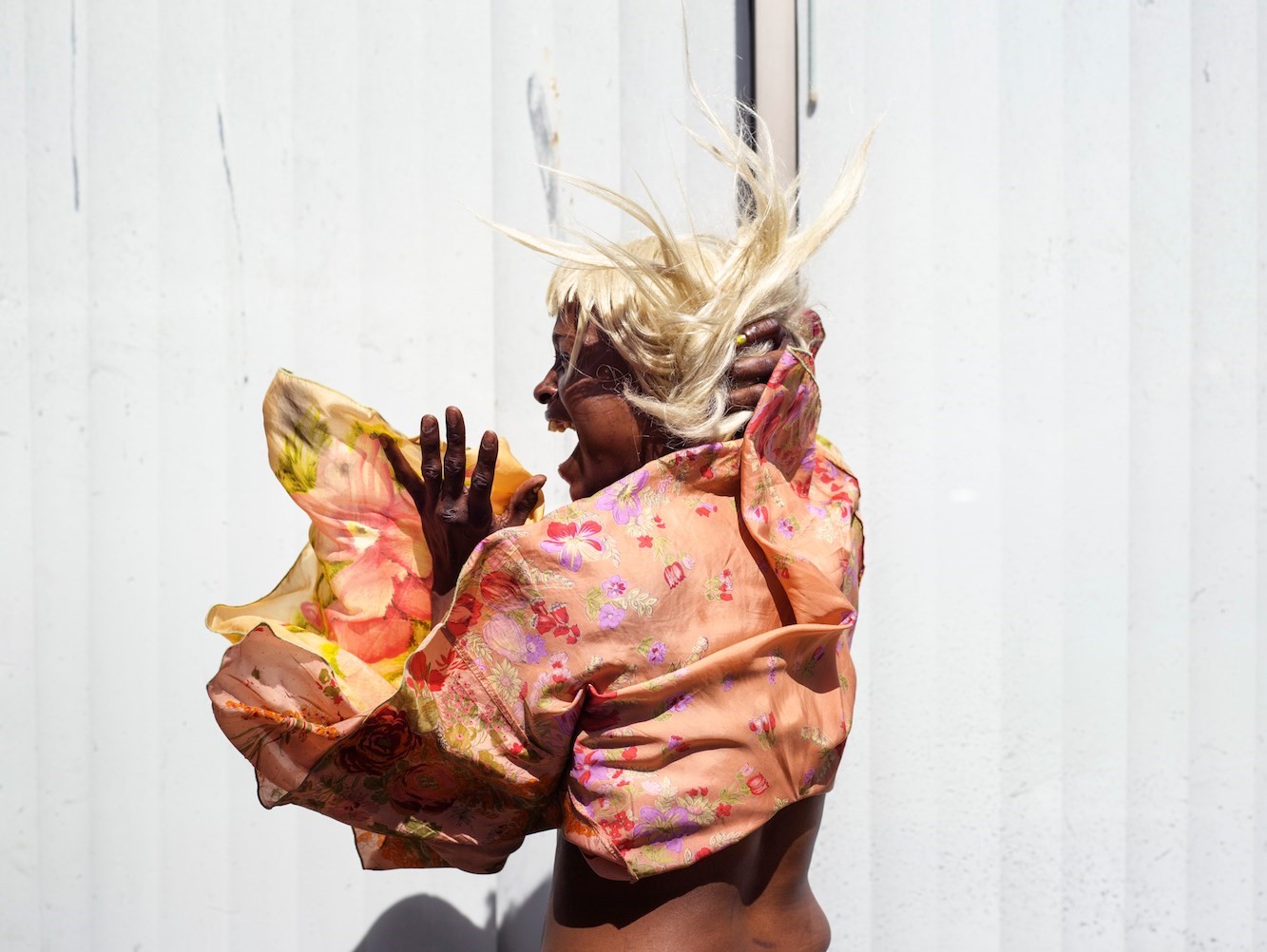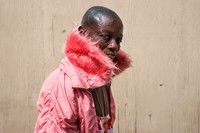Just a few blocks north of San Francisco City Hall lies the Tenderloin, the fabled downtown neighbourhood that made its name back in the 1890s with its sundry assortment of brothels, dive bars, gambling halls, jazz clubs, burlesque houses, strip clubs, and single-room-occupancy (SRO) hotels. Overlapping the theatre district, the Tenderloin has stood as a refuge for marginalised communities, becoming the site of the 1966 Compton’s Cafeteria riot, one of the first LGBTQ+ uprisings in American history. Half a century later, the area was declared the Transgender District, becoming the first legally designated trans district on earth.
Amidst the sweeping changes to San Francisco in recent years, the Tenderloin has resisted gentrification, becoming one of the last vestiges of the city’s fabled bohemian past. It remains a hub for marginalised people and the issues they face, including poverty, crime, addiction, and homelessness. “The Tenderloin has character. There’s a real community there,” says gallerist Jonathan Carver Moore, who has lived in the neighbourhood for a decade. “I arrived in San Francisco during the tech boom and the Tenderloin was this ‘embarrassment’ to the city,” says Moore. “Everyone wanted to gentrify it, but the non-profits that own the SROs didn’t have any incentive to sell so it became this weird anachronism in the city. But to me, it’s something special. Being a Black guy, it’s the neighbourhood where people most look like me when I’m walking around. Then there’s its history, which drew me to it.”
While Moore was getting himself settled into his adopted neighbourhood, photographer Pieter Hugo and his family travelled to California for a three-month artist residency at the Headland Center for the Arts in 2014. Hugo planned to use the time to organise his newly digitised archive, rather than make new work, but fate had other plans for the consummate portraitist. After dropping his daughter at school inside San Francisco City Hall, his partner Tamsen went for a walk north and stumbled into the Tenderloin, which reminded her of Cape Town. She called Hugo and said, “You need to come photograph this.”
“Suddenly I found myself dropping my daughter at school every morning and spending the day photographing the Tenderloin,” Hugo remembers of his daily walks through the neighbourhood. There, he met people abandoned by society, including the disabled, war veterans, and victims of the 2008 collapse who readily took command of the photograph.

After the residency ended, Hugo stayed in town to complete the work. The following year he traveled to Skid Row, one of the nation’s oldest and largest unhoused populations covering 50 city blocks of Downtown Los Angeles. “The vibe towards homelessness in northern and southern California is so different. In San Francisco, someone will be having a mental episode kicking cars and the police will come and say, ‘It’s time to move on.’ In LA, guns are pulled immediately and it’s much more aggressive. Homelessness is criminalised.”
For years the photographs remained out of view until Moore happened upon a striking portrait of a Black man in a lime green coat, silver purse slung over his shoulder with a joie de vivre that matched the exquisite precision of his well-chosen accessories. Years later, Moore struck up a conversation with a stranger at a wedding who just happened to be the very person who brought Hugo to San Francisco in 2014 for the artist residency.

In that moment of serendipity, the seeds for Pieter Hugo: Californian Wildflowers took root, and have now come into bloom with a new exhibition at Moore’s eponymous gallery in the Tenderloin, in tandem with a new monograph from TBW Books. Imbued with the passion, pathos, and majesty of Dutch master painter Frans Hals and Baroque upstart Caravaggio, Hugo’s plein air portraits of survival against the odds stand as a statement of dignity and humanity rarely afforded to the unhoused.
“I come from a very fortunate, entitled background, but there was a period of my life where I was very close to falling between the cracks because of substance abuse and mental health issues,” Hugo says. “If you have been close to that, you have a level of sympathy because you know how easy it can happen to all of us.” He largely collaborated with the people he photographed, as well as including a few scenes of people intoxicated or going through mental health episodes, that touch upon the harrowing vulnerability and intrinsic violence of being unhoused in America today.

Moore, who opened his eponymous gallery on Market Street in 2023, has become a singular force in the San Francisco art scene. Coming from a non-profit background with a focus on racial and economic justice, he recognised the gallery as a space that could build community by addressing social issues in the moment. “I don’t think people in San Francisco look positively at homeless people; they don’t want to look them in the eye,” Moore says. “I see it as someone who lives in the Tenderloin, and now as a business owner, how people don’t want to pay attention to them.”
To address this power imbalance, Hugo made exhibition prints that are larger than life. “When you walk in the gallery and see those images, it’s almost like they’re looking at us,” says Moore. “And I love that.”
Pieter Hugo: Californian Wildflowers is on show at Jonathan Carver Moore in San Francisco until 9 November 2024. An accompanying monograph is published by TBW Books, and is out now.






